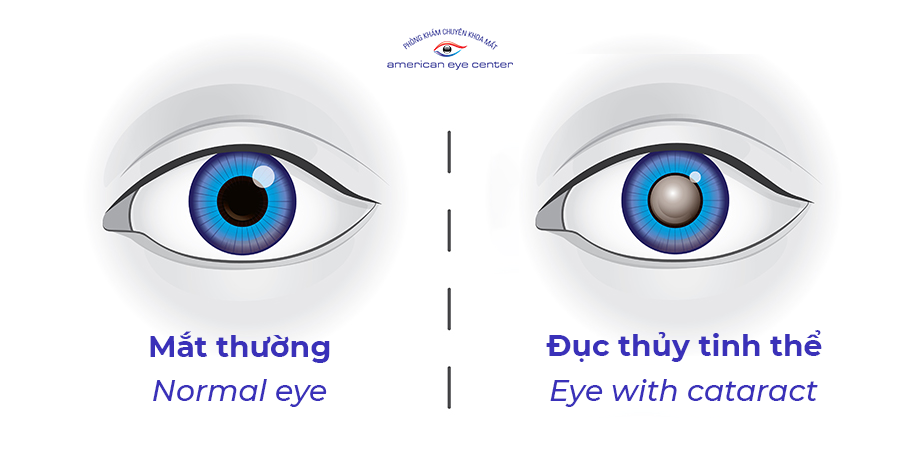A cataract is a clouding of the natural lens inside the eye that prevents light and images from reaching the retina.
When a patient has early cataracts, they can compensate temporarily with prescription glasses or by avoiding activities such as driving at night. Eventually, surgery to replace the cloudy lens may be needed.

Cataract surgery is performed as a routine, outpatient procedure, usually requiring only eye-drop anesthesia. Through a very small incision less than 3mm, the surgeon uses an instrument (phacoemulsification device) to break up the cloudy lens and vacuum it out. An artificial intraocular lens (IOL) is then inserted. The incision is usually self-sealing, requiring no stitches.
After surgery, eye drop medications will be given for several weeks to help the eye heal and prevent infection. Usually, vision returns quickly and one can resume normal activities within a short period of time.
An intraocular lens (IOL) is a tiny clear disc placed in the eye during cataract surgery to replace the natural, cloudy lens. Unlike contact lenses, which must be removed, cleaned, and reinserted, the IOL remains in the eye after surgery for the rest of your life.
The basic type of IOL has a single point of focus, allowing you to attain clear vision at one distance. Eyeglasses are still required after surgery for you to see clearly at other ranges of distance.
This advanced type of IOL has multiple points of focus, allowing you to see clearly at far, near, and intermediate distances.
During your comprehensive eye evaluation, our ophthalmologist will discuss which IOL may be best for your eyes and lifestyle.
Phone: 0938 136 758
Address: Golden House, 90 Nguyen Huu Canh, Ward 22, Binh Thanh District, HCMC
Get DirectionsEmail: web@americaneyecentervn.com
Hotline: 0938 136 758
Website: americaneyecenter.com